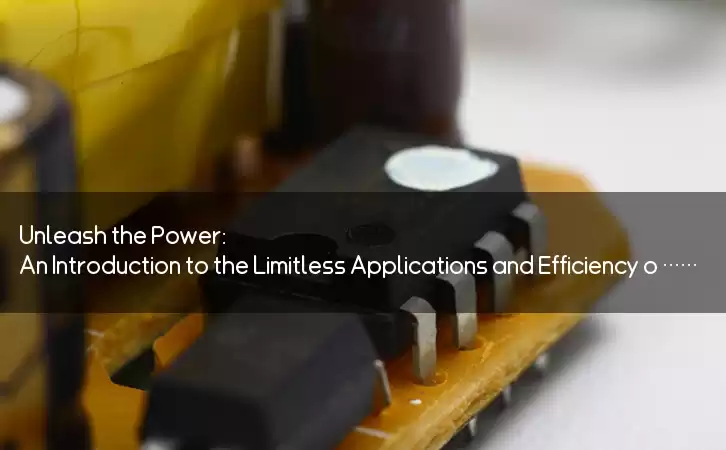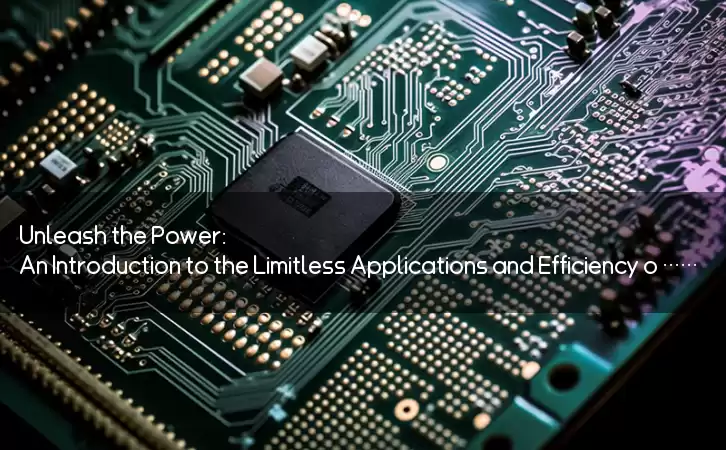Information Center
Unleash the Power: An Introduction to the Limitless Applications and Efficiency of Battery Charger Circuits
Published:2023-07-22 10:33:06 Author:Green WCND Views:78Battery Charger Circuit: An Introduction to its Operation and Applications

A battery charger circuit is an electronic device that is designed to supply electric current into a rechargeable battery to replenish its energy, thus allowing it to be reused multiple times. In essence, it is an essential component that allows users to leverage the convenience and cost savings of rechargeable batteries.

There are different types of battery charger circuits, each with its unique characteristics, technical specifications, and limitations. However, they all share the common goal of charging batteries safely and efficiently. Some of the popular battery charger circuits include linear charger, switched-mode charger, and pulse charger.

Linear Charger Circuit
A linear charger circuit is the simplest type of battery charger circuit. It employs a linear regulator to control the charging current, thereby providing a relatively stable and smooth charge to the battery. One of the main merits of linear charger circuits is their low cost and simplicity. However, they have limited power output and are inefficient at charging larger batteries.
Switched-Mode Charger Circuit
Switched-mode charger circuit, on the other hand, uses a switching regulator to control the charging current. They are more efficient than the linear charger circuit because they can provide a high charging current even under a low input voltage. They are also faster and more flexible than linear charger circuits, making them suitable for charging larger or multiple batteries. The downside of switched-mode charger circuits is they are more expensive and complex to design than linear charger circuits.
Pulse Charger Circuit
A pulse charger circuit is a combination of a linear charger and a pulse generator that produces a pulsating charge to the battery. The pulsating charge creates a desulfation effect that helps to extend the battery’s life and improve its performance. They are easy to build, inexpensive, and can work with any type of battery. However, they are only suitable for low-current applications, making them unsuitable for charging high-capacity batteries.
Working of a Battery Charger Circuit
The operation of a battery charger circuit varies depending on the type of charger circuit. However, the basic principle for all charger circuits is the same. The charger circuit receives power from an AC or DC source and converts it to a suitable level to charge the battery. The charger circuit regulates the voltage and current level to protect the battery from overcharging or over-discharging.
When the battery is fully charged, the charger circuit automatically switches to a maintenance mode to keep the battery topped up. Some charger circuits have additional features such as LED indicators to indicate the battery charging status, thermal protection to prevent the charger circuit from overheating, and reverse-polarity protection to prevent damage to the battery or the charger circuit.
Applications of Battery Charger Circuit
Battery charger circuits are widely used in various electrical and electronic applications such as mobile phones, laptops, cordless power tools, electric vehicles, and renewable energy systems. They are also used in emergency power backup systems such as uninterrupted power supply (UPS) and emergency lighting systems.
Conclusion
In conclusion, the battery charger circuit is a vital component that enables us to harness the benefits of rechargeable batteries. The right type of battery charger circuit depends on the user’s requirement, power capacity of the battery, and the charging time. By selecting the appropriate charger circuit and following the manufacturer’s instructions, users can charge their batteries safely and efficiently, thereby extending their life and reducing waste.
Power Adapter Design and Customization Guide for Portable Electric KettlesI. Common Design Types for Portable Electric Kettle Power AdaptersPortable electric ke···
I. Common Design Types of Power Adapters External Independent Type (Most Common) Design: A standalone adapter (e.g., "black brick") connected to the p···
Handheld Vacuum Cleaner Power Adapter Selection GuideIntroductionHandheld vacuum cleaners have become a mainstream tool for household cleaning due to their port···
Drill Power Adapter Selection Guide.drill-container { font-family: Arial, sans-serif; line-height: 1.6; max-width: 800px; margin: 0 auto; padding: 20px; } .dril···





